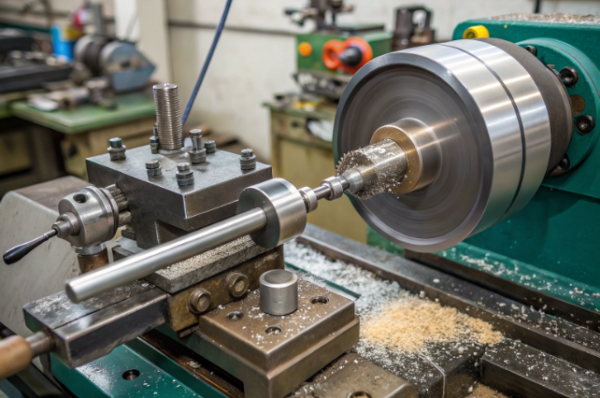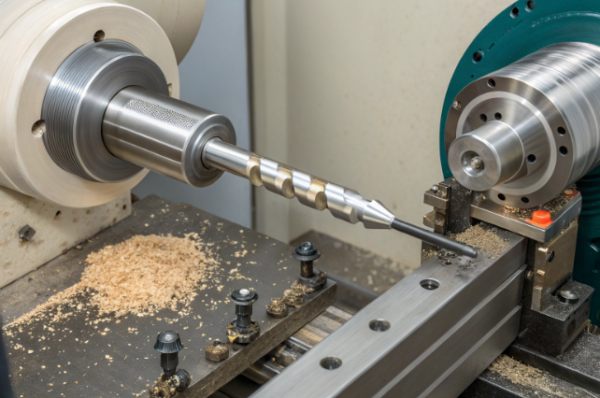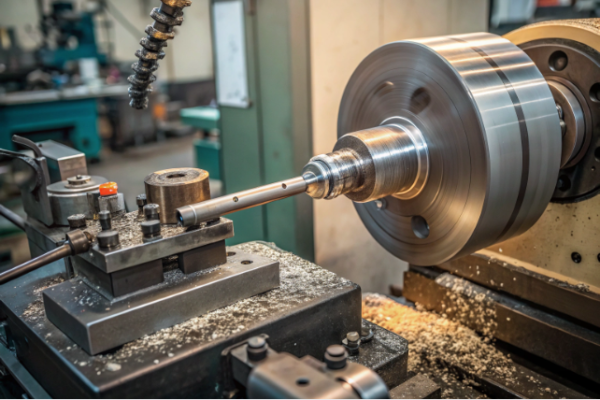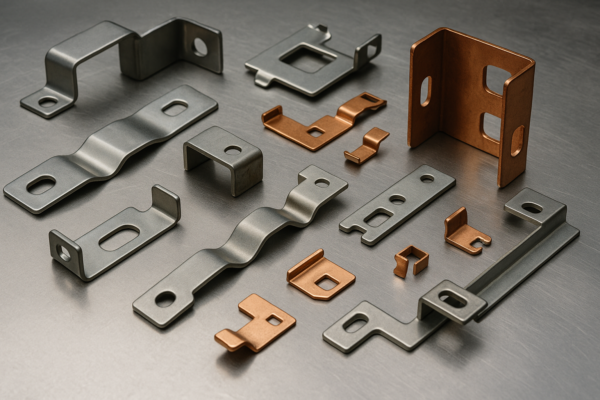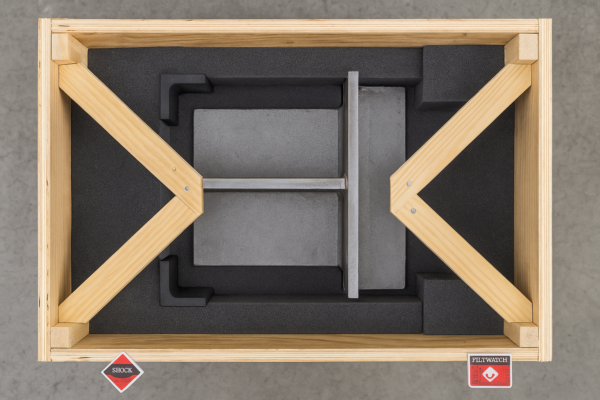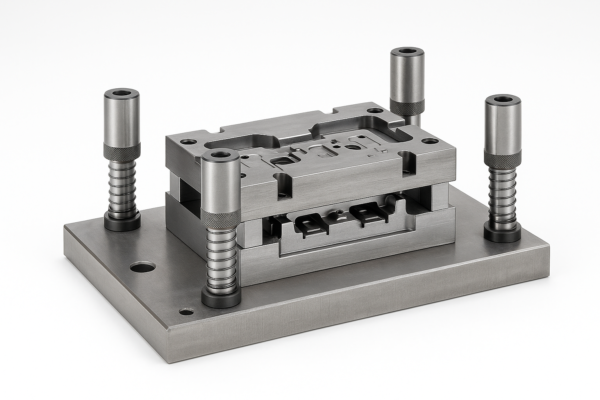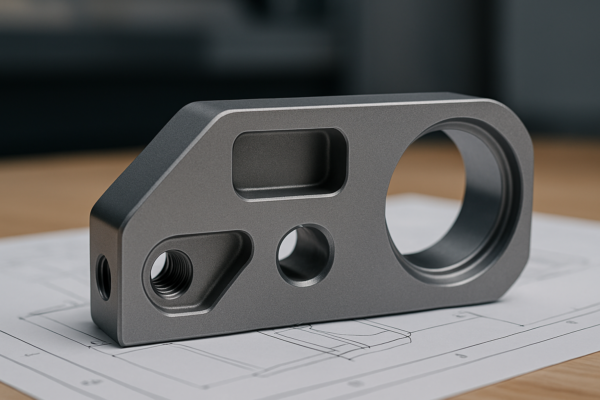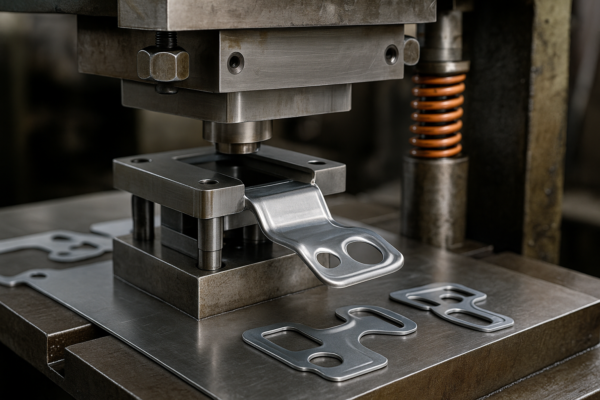What are the 7 Lathe Operations?
Lathe machines are versatile tools used in shaping metal1 and other materials through various operations. Understanding the seven common lathe operations2 can help you effectively use a lathe and achieve the desired results. In this article, we will explore each of these operations, their order, and their processes.
Understanding Lathe Operations
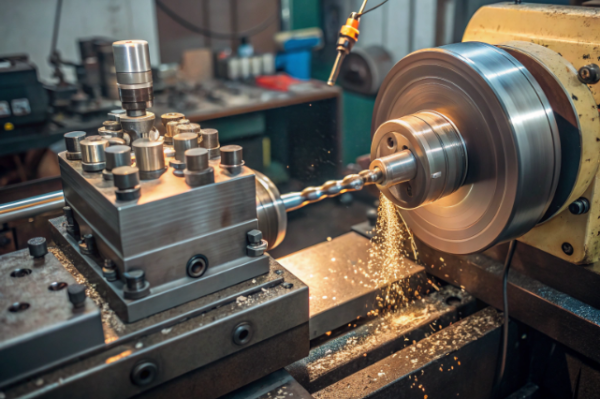
What are the 7 Operations of a Lathe Machine?
Lathe operations1 can be broadly classified into seven categories, each serving a specific purpose in the machining process2.
- Turning
- Boring
- Facing
- Drilling
- Fillet Radius1
- Taper Turning2
- Slotting
Turning
Turning1 is the most fundamental operation where a long, cylindrical workpiece is rotated while a cutting tool2 is used to remove material to achieve the desired diameter.
Boring
Boring1 is the process of enlarging a previously drilled hole or enlarging a cylindrical bore. Boring1 often uses a boring bar2 with multiple cutting edges to achieve the desired diameter.
Facing
Facing is the process of producing a flat surface1 on the end of a cylindrical workpiece2. It can be used to remove excess material from a previously turned surface or to produce a flat surface for other machining operations.
Drilling
Drilling involves creating a cylindrical hole in the workpiece using a drill bit1. The hole can be at any specified location and has a specific diameter and depth.
Fillet Radius
Fillet radius operations1 are used to create rounded edges or corners on the workpiece. This is particularly useful to reduce stress concentrations2 in the material.
Taper Turning
Taper turning involves creating a conical surface1 on the workpiece. This is useful for creating parts with a gradual change in diameter.
Slotting
Slotting1 is the process of cutting a slot or groove on the workpiece2. This can be done either longitudinally or transversely to achieve the desired shape.
What are the Order of Lathe Operations?
The sequence of lathe operations1 is crucial to ensure the best results. Typically, the operations are carried out in the following order:
This order ensures that each operation is performed efficiently1 and that the workpiece remains stable2 during machining.
What are the 5 Lathe Operations?
A simplified list of five common lathe operations1s](https://www.turnerlathe.com/blog/lathe-machine-operations)[^2] includes:
Turning
Turning is the primary operation where a rotating workpiece1 is cut to produce a cylindrical shape2. It involves removing material from the workpiece to achieve the desired diameter and finish.
Drilling
Drilling1 is the process of creating a cylindrical hole in the workpiece using a drill bit2. This operation can be done after a basic turning operation to create a starting point for the hole.
Facing
Facing involves producing a flat surface1 on the end of a cylindrical workpiece. It is often done after a turning operation2 to refine the surface or to create a uniform starting point for further operations.
Boring
Boring is used to enlarge or refine a previously drilled hole1. It can be done on the same lathe after drilling, ensuring consistency in the bore size2.
Taper Turning
Taper turning involves creating a conical surface1 on the workpiece. This operation is useful for producing parts with a gradual change in diameter.
What are the Processes in a Lathe Machine?
The processes involved in using a lathe1e machine](https://en.wikipedia.org/wiki/Lathe)[^2] can be broken down into the following steps:
- Mount the Workpiece: Secure the workpiece in the lathe using the chuck or faceplate.
- Start the Machine: Turn on the lathe and set the desired speed.
- Perform Turning Operations1: Use a cutting tool to remove material and create the desired cylindrical shape.
- Drill a Holes2: Create holes using the drill press attached to the lathe.
- Face the Workpiece: Produce a flat surface on the end of the workpiece.
- Bore the Holes: Enlarge or refine existing holes.
- Turn Tapers: Create conical surfaces.
- Cut Slots or Grooves: Use a slotting tool to cut slots or grooves in the workpiece.
My Insights
In summary, the seven lathe operations1 provide a comprehensive set of tools to shape and refine metal workpieces2. Each operation has its specific purpose, and the order in which they are performed can significantly impact the final result. Whether you are a professional machinist or a hobbyist, understanding these operations is key to achieving precise and high-quality results.
Conclusion
Lathe operations1 are essential for machining metal parts2 efficiently and accurately. From turning and drilling to boring and slotting, each operation plays a crucial role in the manufacturing process. Understanding the sequence and purpose of these operations can help you achieve the best results when working with a lathe.
-
Explore this link to gain a comprehensive understanding of various lathe operations and their applications in metal machining. ↩ ↩ ↩ ↩ ↩ ↩ ↩ ↩ ↩ ↩ ↩ ↩ ↩ ↩ ↩ ↩ ↩ ↩ ↩ ↩ ↩ ↩ ↩ ↩ ↩ ↩ ↩
-
Discover insights on how machining metal parts enhances efficiency and accuracy in manufacturing processes. ↩ ↩ ↩ ↩ ↩ ↩ ↩ ↩ ↩ ↩ ↩ ↩ ↩ ↩ ↩ ↩ ↩ ↩

